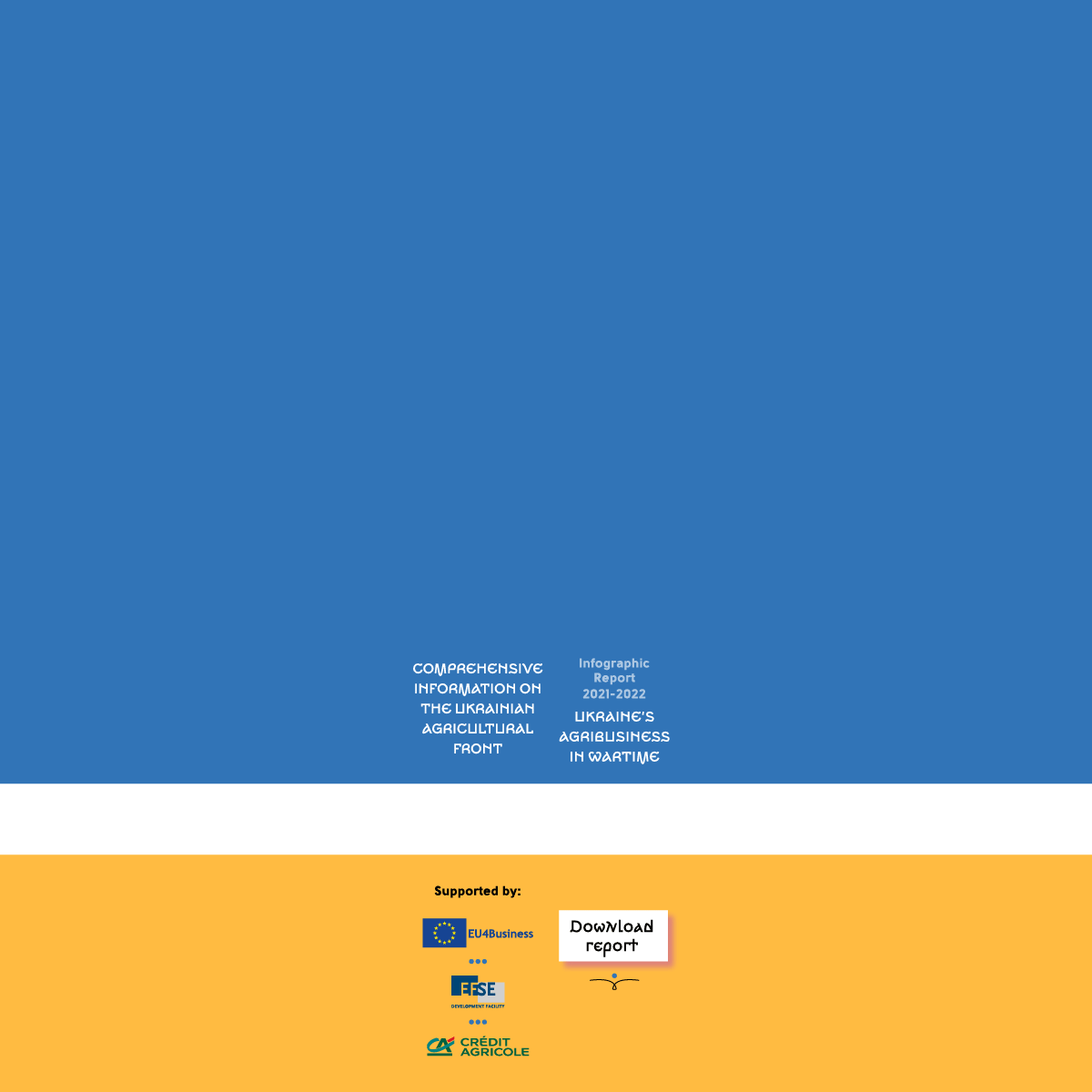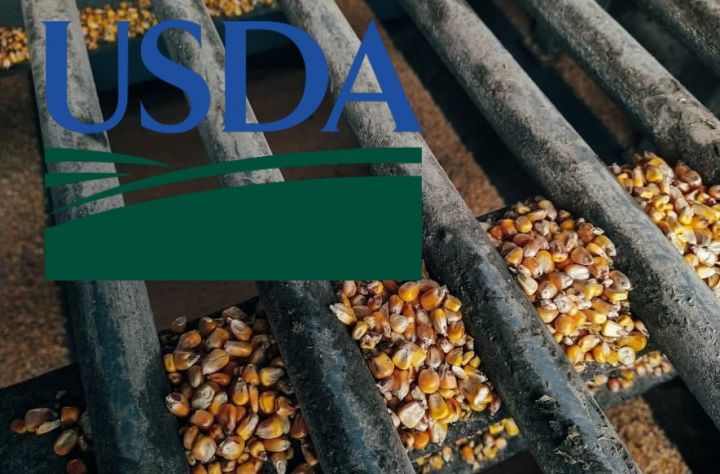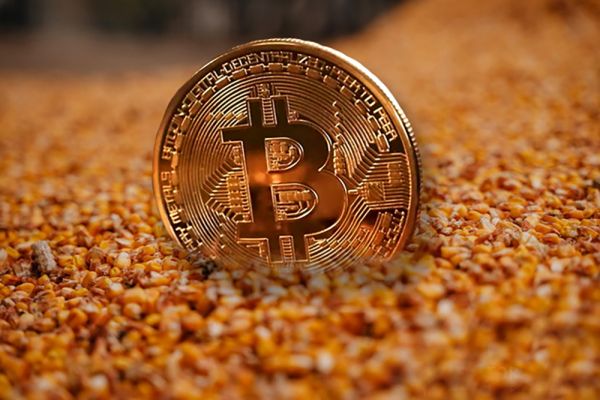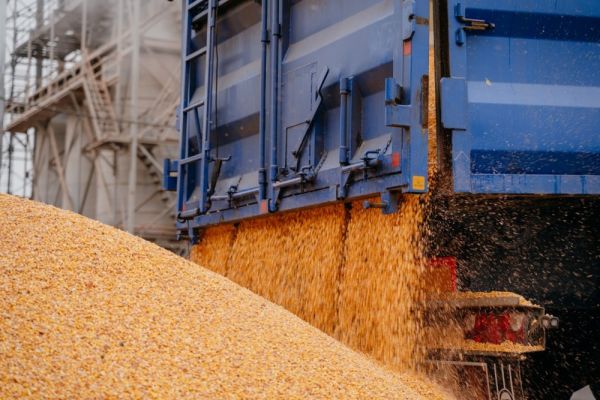Canard Stories: USDA and Lost Acres
In the far-off 1992 when the trees were mighty and most of the Ukrainian agrarian market gurus have not yet been born, a container ship Ever Laurel, proudly owned by the company Evergreen, was on its way from Hong Kong to Tahoma. The vessel was caught up in a storm, and rumour has it, from the damaged container some rubber toys fell into the water. Ultimately, they helped scientists to learn more about the movement of the currents in the Pacific Ocean. Famous rubber ducks were being found for many years to come on the beaches of different countries in the area.
Evergreen could claim a motto “We create memes from 1992”. If they won’t go bust before that, that is. Or they could enter into collaboration with the USDA, who has grossed in efforts either to surprise or to crack up the world community as of late. From the moment of publication of their latest report about the structure of planted acres in the US, the season of moaning and groaning about the actual numbers and with what speed can be announced officially open.
The American Ministry is characterized by prolificacy, and some of the reports are known to have detrimentally impacted resilient nerves of trading robots at the exchange. Only a few weeks ago the market has started betting on the structure of the planted area. So, what do the American farmers choose to believe? Soybeans to corn ratio, having touched 2.6p tells us that either soybeans are undervalued or corn is overvalued. This is somehow swaying the farmer towards soybeans. Ever since the February presentation Agriculture Outlook Forum, where it was announced that area under wheat will reach 45 million acres, area under corn – 92 million acres, and area under soybeans – 90 million acres, prices have somehow changed, while market expectations have focused around the levels close to 92.8 million acres of corn and 90.3 million acres of soybeans, taking into account that traditionally American farmers have been less attracted to wheat. I want to point out that in the current season, the planted area under corn was 90.8 million acres wherefrom 82.5 million acres were harvested. Soybeans were planted on 83.1 million acres, wherefrom 82.3 million acres were harvested. That is, the theory about the price ratio for the last contracts in a calendar year still works – the market saw a more rapid increase in the area under soybeans compared to last year than under corn.
The physical market has been sluggish in recent days, there was no demand, there was nothing special to feed the bulls with. China, after an exchange of barbs and accusations with the Americans in Alaska, is sitting in ambush and counting dead pigs. Argentina is harvesting corn while listless strikes go on here and there. Brazil has come to its senses and is catching up with the pace of fieldwork. The Black Sea region is crying its eyes out. The Russians themselves cannot figure out how to calculate the amount of the new duty, while corn is persistently expensive in Ukraine as if the farmers are privy to something.
In general, everything would be fine: wheat would continue to fall in price on expectations of a good harvest, corn would be forced to go down, the sunflower seeds would keep company to black caviar prices. Were it not for the USDA.

During their report evening, we went through all the stages of accepting the inevitable. Starting with denial: “Come on, are you kidding? A total of 91.1 million acres of corn, 87.6 million acres of soybeans and as much as 46 million acres of wheat?!” through anger: “Are they out of their minds there?” to bargaining: “Maybe this is a mistake? Have you missed something? Somewhere we have lost another 2-3 million acres", to depression – "buy by rumour" and until the next report we will live in acceptance. Oh yes! The last straw in this psychedelic show was the report on stocks: apparently, there is much more wheat than expected, soybean stocks are slightly above expectations and only corn stocks are less than expected. In fact, the American report itself should have shattered the hopes of those who did not sell wheat. But on the stock exchange wheat was carried up on the corn wave.
Those who had registered before the report and got out of contracts a little, in order to play it safe, ran back pulling off the brakes in the process. Well, what was there to do if corn could no longer be bought? Right, buy wheat instead. At the same time, let me remind you that we have not yet observed demand in the physical market. Apart from the hope that China will come, corn can now be supported by the fact that Argentina is trading at a premium to Chicago, and we may not look so expensive against the backdrop of loftier Chicago values. But only if their premium is not crushed by a wave of new corn mixed with last year's leftovers.
In wheat, the sadness from so far optimistic harvest expectations is exacerbated by the Russian duty, which floats wherever it wants, following general guidelines of the government. The average will be calculated daily on the basis of FOB prices for contracts with a maximum of 60 days ago and a minimum of 4 days with shipment up to 60 days in advance. Weekly this average will be “averaged”, 200 is subtracted from it, and 70% of this is the size of the duty for the next week.
In general, no one really understands this set of words, not only you. Now, when you take a position, you have two unknowns in the Russian equation – the price at which you can buy off this contract, and the duty, which depends on the entire market. As for oil, from September 1 onwards, they will simply be from the Reuters indicative, which, in fact, are the snapshots of the same unborn chickens, facing sideways this time. This impressive gamut of gimmicks will fall on the shoulders of the poor Russian farmers, and, as a result, the price will supposedly drop on the domestic market. Good idea, of course. God forbid we repeat it.
The oilseed complex this season looks, in general, no less intriguing. And if there is a plausible excuse for sunflower seeds – there is clearly little of it in Ukraine, then the import of soybeans, or rapeseed, is rather an attempt to show farmers that greed is bad. But thank God, the sunflower seed numbers are still not as critically small as in Romania, which is already buying the third boat in Argentina, although they are in trouble with oil and weeds. To make things more interesting, Bulgaria has finally started selling meal to China.
In general, we are once again faced with the fact that everything is completely incomprehensible but very interesting. The main thing is to learn how to read and understand the news. Because what looks like a duck, swims like a duck, quacks like a duck, is probably a duck. But not all pieces of news that do not correspond to our perception of the world are a “canard”. Pardon my French. Whether it is Ukraine's wheat or soybean imports, the lost American acreage, or the appetite of Chinese pigs.








